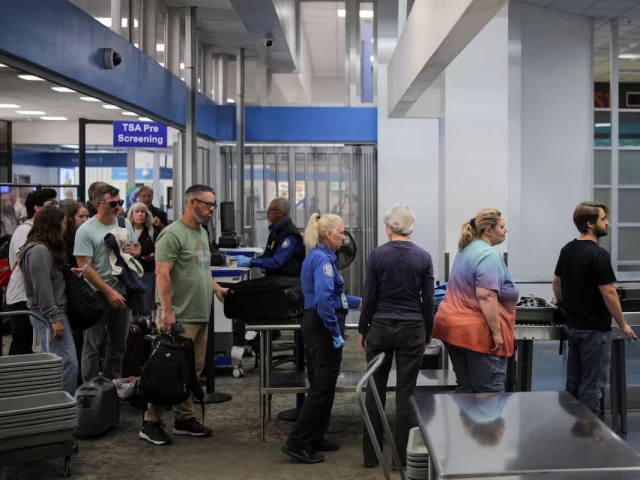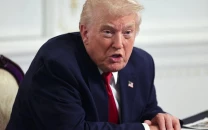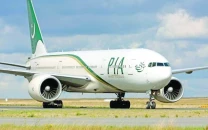US to expand facial recognition at borders to track non-citizens
New rule lets US border agents photograph non-citizens at all entry and exit points nationwide

The United States will expand the use of facial recognition technology to track non-citizens entering and leaving the country in an effort to combat visa overstays and passport fraud, according to a government document published on Friday.
A new regulation will allow US border authorities to require non-citizens to be photographed at airports, seaports, land crossings and other points of departure, expanding on an earlier pilot program.
Under the regulation, set to take effect on December 26, US authorities could also require the submission of other biometrics such as fingerprints or DNA. It allows border authorities to use facial recognition for children under age 14 and elderly people over 79, groups that are currently exempted.
Read More: US strike on suspected Venezuelan drug boat kills six in Caribbean
The tighter border rules reflect a broader effort by US President Donald Trump to crack down on illegal immigration. While the Republican president has boosted resources to secure the US-Mexico border, he has also taken steps to reduce the number of people overstaying their visas.
The growing use of facial recognition in US airports has raised privacy concerns among watchdog groups worried about government overreach and misidentification. A 2024 report by the US Commission on Civil Rights said tests had shown facial recognition systems were more likely to misidentify Black people and other minority groups.
The Congressional Research Service estimated in 2023 that about 42% of the 11 million immigrants living illegally in the United States had overstayed their visas.
Also Read: Trump warns Israel of losing US support over West Bank annexation
Congress passed a 1996 law mandating the creation of an automated entry-exit system, but it has never been fully implemented. US Customs and Border Protection already uses facial recognition for all commercial air entries but only records exits at certain locations, the regulation said.
CBP estimates that a biometric entry-exit system could be fully implemented at all commercial airports and seaports for both entry and exit within the next three to five years.


















COMMENTS
Comments are moderated and generally will be posted if they are on-topic and not abusive.
For more information, please see our Comments FAQ